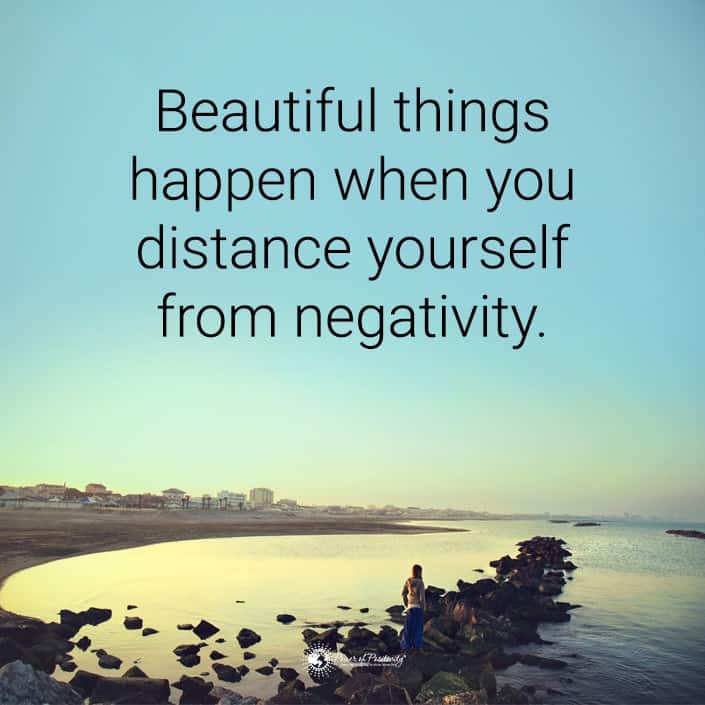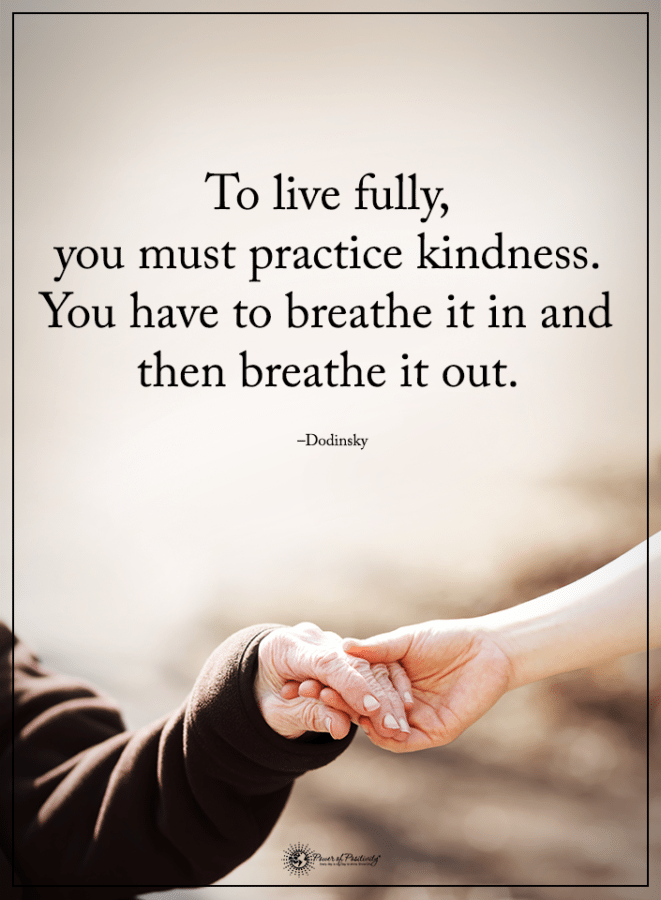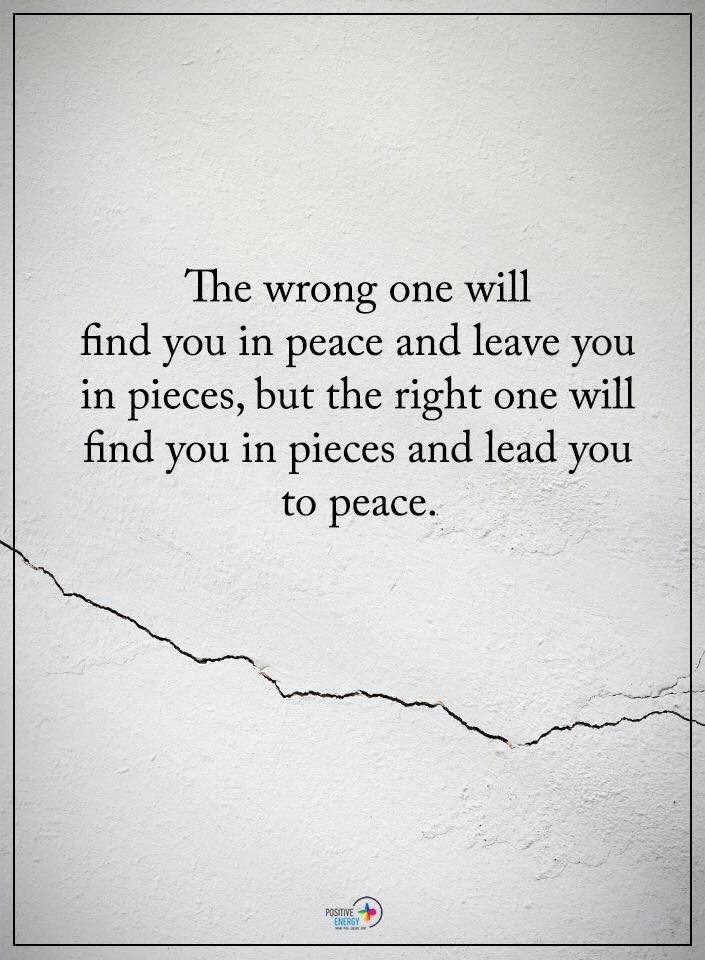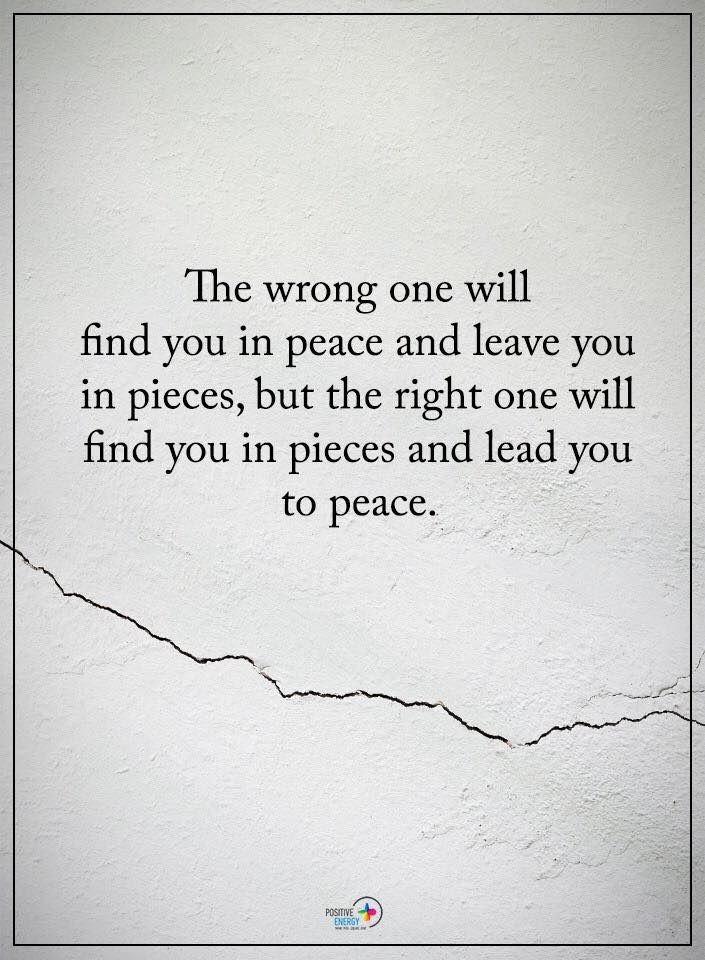The power of optimism. If someone told you “Hey, being positive can help you live a longer life” would you do anything different?
Perhaps you’re inquisitive, you may want to know the source of such information. “Where did you hear that?” you ask, expecting some pseudoscientific drivel from a third-rate website. “Harvard University” they reply.
Your interest may heighten a bit more on hearing that; as well, it should.
Without going too much into the process of medical research, suffice to say that it’s rigorous, time-consuming, and stressful. It has to be. Scientists are required to be meticulous in their judgement, actions, and how they handle even the smallest of details. If they’re not, and people follow their published advice, the situation can get messy – and quick.
It’s safe to assume, then, that researchers at Harvard don’t put their credibility – and thereby their careers – at risk by publishing something without merit.
Especially when that “something” is extending life. And especially if it’s tied to something scientists are cautious about testing: emotions.
Yet, six scientists from arguably the most prestigious school on the planet have done exactly that.
“It has been demonstrated (that) optimism can be learned. If (the relationship) between optimism and broader health outcomes are established, it may lead to novel interventions that improve public health and longevity.” ~ Kim et. al
Why Did Researchers Perform This Study on Optimism?
In the simplest terms, this research was conducted because mounting evidence suggests that lifestyle factors aren’t the only puzzle piece.
Though risk factors (alcoholism, poor diet, smoking) are indeed important, so is mental health and, more specifically, psychological well-being. Now, medical professionals want to know more about the relationship between a positive attitude (optimism) and life expectancy.
Some basics of the optimism study
Here are a few things you may want to know about the study’s methods:
– Data used for the research was derived from the Nurse’s Health Study, an extensive study conducted bi-annually to assess women’s health.
– 70,021 women were assessed over eight years.
– The Harvard study is the first to measure the direct relationship between optimism and health risk.
– Severe medical conditions studied include cancer, heart disease, stroke, respiratory disease, and infection.
– Among the major health conditions studied, four are among the top five leading causes of death in the United States.
– Also studied was effect of “levels of optimism” on other mortality risks, including blood pressure, diet, and exercise.
What did they find?
The researchers found some promising stuff. Let’s dig in a little!
To keep things interesting, we’ll bullet point the study’s most important findings. In no particular order, here they are:
– Women ranking in the top quartile (25 percent) of “optimism levels” had a 30 percent lower risk of death across all major diseases.
– More specifically, the women had a 52 percent lower risk of death from infection; 39 percent lower risk of death from stroke; 38 percent lower risk of death from heart disease and respiratory disease; and a 16 percent lower risk of death from cancer.
– All of the abovementioned percentages remained steady; even when taking into account all high-risk factors!
– Positive optimism levels and health outcomes remained steady across self-reported risk factors. Among the reported conditions: high cholesterol, hypertension, type 2 diabetes, myocardial infection (heart attack), stroke, cancer, and body mass index.
What does this all mean?
Eric Lee, the study’s leading author, states “Our new findings suggest that we should make efforts to boost optimism, which has been shown to be associated with healthier behaviors and healthier ways of coping with life challenges.”
In short, Dr. Lee suggests that if you’re not a naturally positive person, it’s beneficial to become one. On the topic of “optimism conversion,” the study is clear: it is possible to be more positive!
“A common (illustration of) optimism versus pessimism is a glass with water at the halfway point, where the optimist is said to see the glass as half full and the pessimist sees the glass as half empty.” ~ Wikipedia
Not only is it possible to be more positive, the benefits of a more optimistic outlook extend far beyond side-stepping major health conditions.
A positive mindset proves in multiple studies to:
– maintain a healthy weight
– lower inflammation levels
– increase antioxidants
– strengthen the immune system
– clearer thinking and less “brain fog”
– healthier autonomic (involuntary) functions
Final Thoughts on Optimism
Though positive outlets are not in the study. But there are multiple ways to build a more optimistic mindset. To date, here are the best ways to do just that!
– Cultivate emotional intelligence: “the capacity to be aware of, control, and express one’s emotions…”
– Practice mindfulness: “the quality or state of being conscious or aware of the present moment.”
– Practice gratitude: “the quality of being thankful; readiness to show appreciate for and return kindness.”
– Recite positive affirmations: “(self-directed) emotional support or encouragement,” e.g. “I am in control of my own health.”














